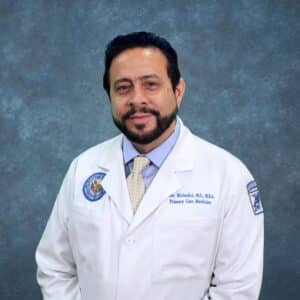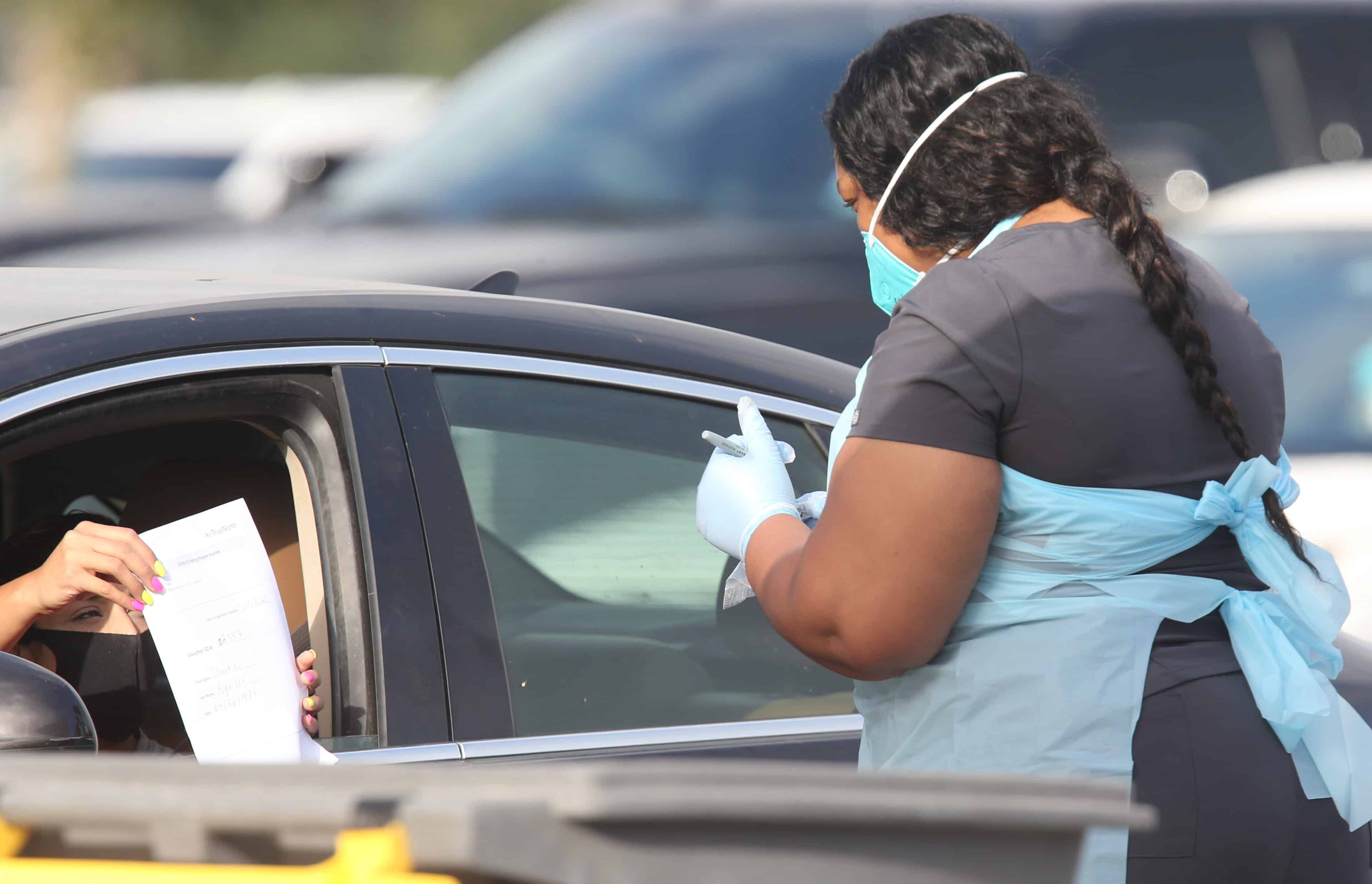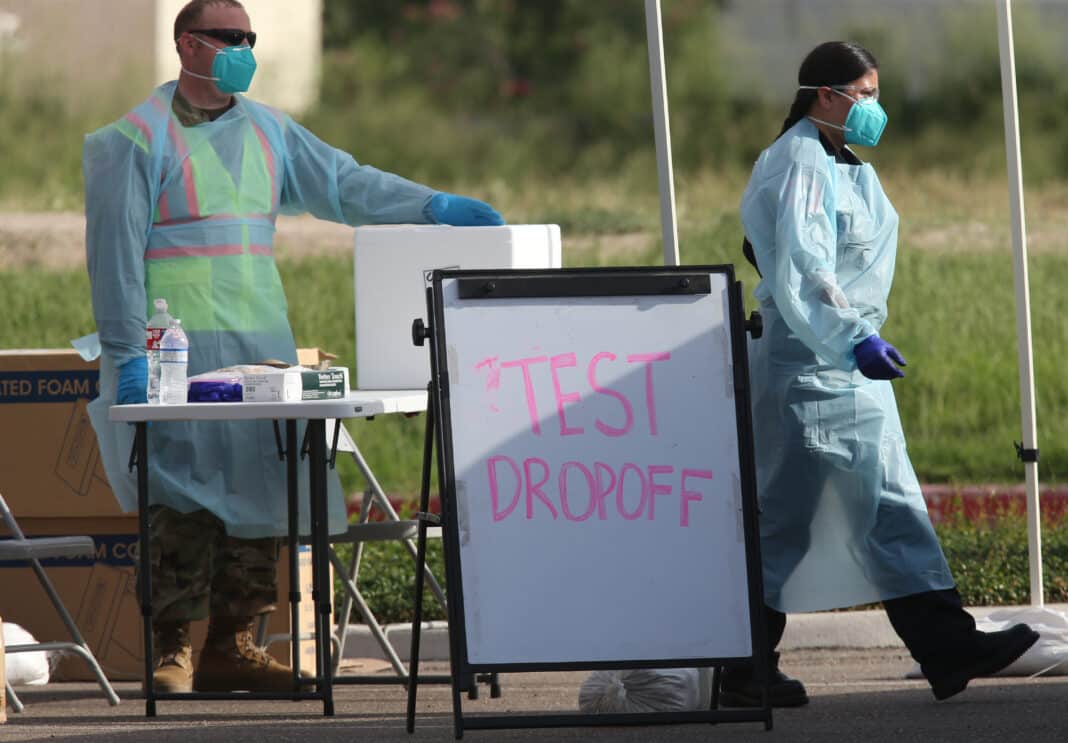
If the COVID-19 vaccine is armor protecting against the virus and social distancing is a strategy to intercept it, then testing is the radar system tracking it, Hidalgo County’s health authority explained.
Dr. Ivan Melendez compared the pandemic to going into war.
“And when you go to war, you wear a flak jacket, you have a machine gun and you wear a helmet,” he said. “Testing for the vaccine is one of our weapons in this war, and we aren’t in the position to put it down yet, not even close.”
Since December, thousands of doses have been distributed across the region per day — at a much faster rate than the virus has been spreading. That offers a reason to be hopeful that communities have more control now over the virus, Melendez said, but it’s not time to neglect one of the most effective tools to weaken the virus’s spread: testing.
“There is prevention, there’s treatment, and there’s monitoring,” Melendez said about strategies to mitigate the virus. “Testing is essential for us to know where in the community the virus is and who we need to isolate to prevent more people from contracting it. Testing is a tremendously useful tool not only for the individual, but also for the community because we can prevent further transmission.”
Next Sunday, March 21, will mark the one-year anniversary since the first positive case for COVID-19 was reported in Hidalgo County, and as of Thursday, according to the county’s dashboard, 419,791 virus tests have been administered across the region.
Of those tests, 18.97% have come back positive.
Melendez recalled the earlier months of the pandemic during spring 2020 when testing was meager and positivity rates were as high as 60%.
“At the beginning, that’s when people were waiting for hours for a test, and we had a limited number of tests,” he said. “Our positivity rate was so high because we were only testing those who were in contact with others who were exposed.”

COVID-19 testing is now available for free across the Rio Grande Valley at several locations, including school campuses, libraries and fire departments. For the latest testing locations and dates, visit https://www.hidalgocounty.us/coronavirusupdates.
There are three main kinds of tests available: nose swab tests, rapid tests, and antibodies tests.
Nose swab tests, which are also known as PCR (polymerase chain reaction) tests, have been the most commonly performed. This test aims to detect the genetic material of the virus and can take up to three days to reap results.
Melendez recommends waiting three days after potential exposure to the virus before getting a nose swab test.
A rapid test, which is also known as an antigen test, scouts for fragments of the virus. The turnaround time for this test could be less than an hour.
Meanwhile, antibody tests identify whether the person has built up immunity to the virus. Testing positive for this test would mean they were exposed to COVID-19, recovered, and produced a defense against it for possible future encounters.
“You cannot overemphasize testing,” Melendez said. “No one can get tested too often, and (you) can do it regularly.”





